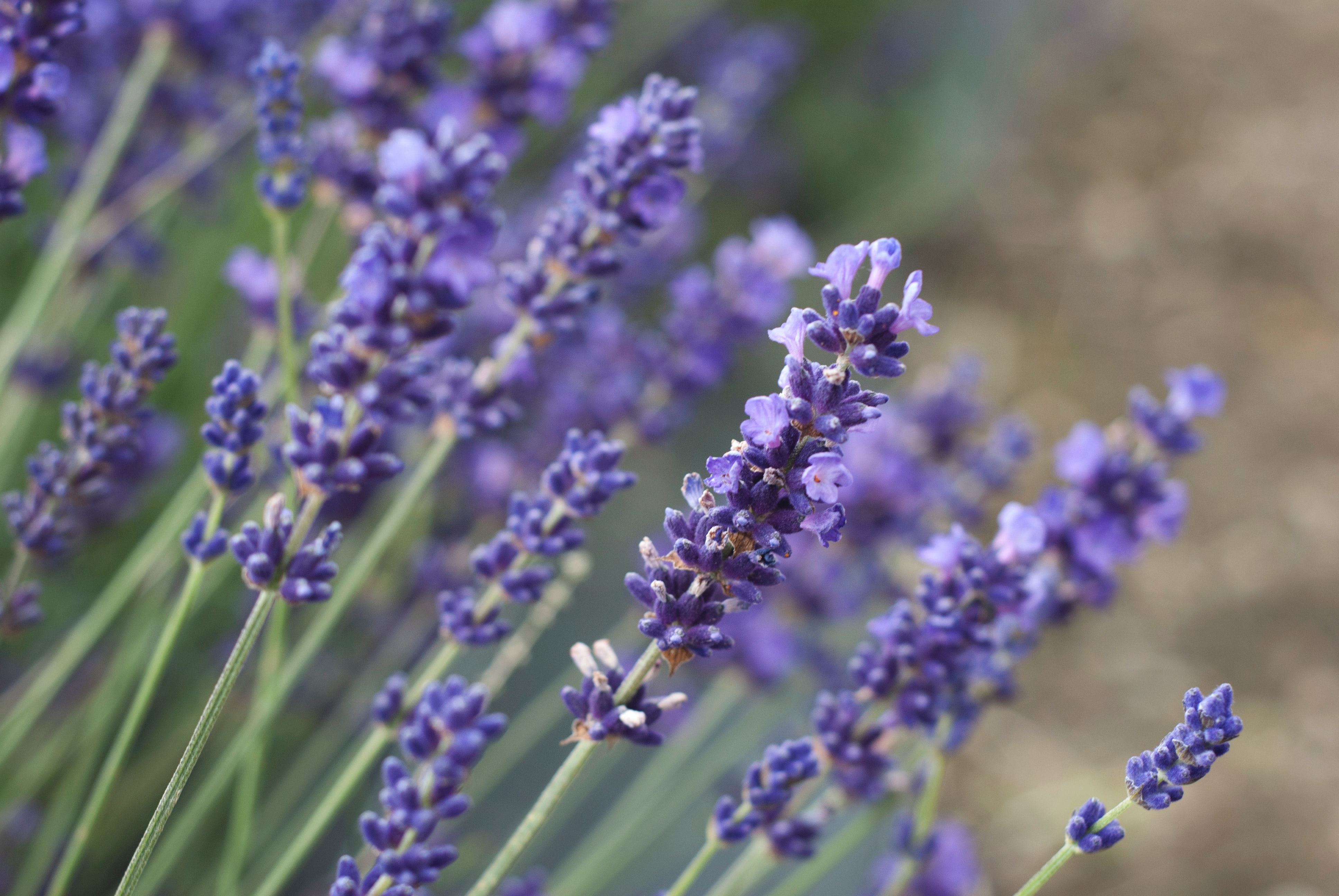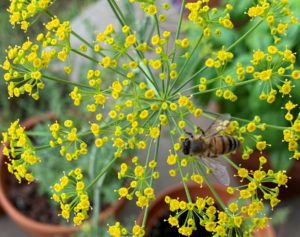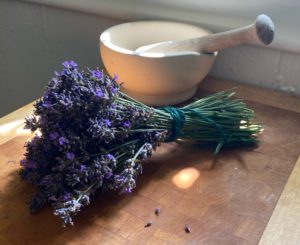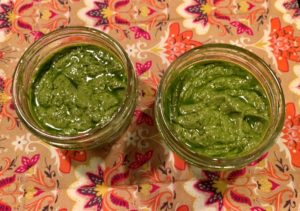Lavender is a popular herb that is native to the Mediterranean. It is known for its beautiful, fragrant purple flowers. Many gardeners purchase additional plant starts instead of propagating lavender because the herb has a bit of a reputation for being difficult to multiply. While purchasing plant starts is effective, it can be costly. If you want to grow more lavender, save money, and have the satisfaction of doing it yourself, here are three proven methods.
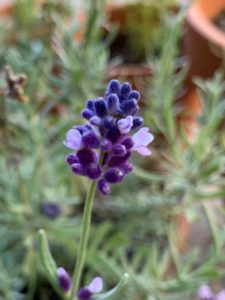
Propagate Lavender From Seed
Starting lavender from seed is the most challenging of the three methods we will discuss in this post. For one thing, it has a low germination rate. But don’t let that scare you. It can definitely be done! If you are using seeds that you self-harvested, as opposed to prepackaged seeds, they will need to go through a cold stratification process which tricks the seeds into thinking it is winter. When the seeds come out of the faux winter, they will think it is spring and emerge from their dormant state.
This article contains affiliate links. If you make a purchase using one of these links, I will receive a very small commission at no additional cost to you, and it will help me maintain this website. Rest assured, I only recommend products I actually like!
Cold Stratification: Eight to ten weeks before your area’s last frost date, place several seeds between two damp paper towels in a sealable plastic bag.[1] Remember, this herb has a low germination rate, so do more seeds than you think you will need. Place the bag in the refrigerator for a minimum of about four weeks. (If the seeds start to sprout, remove them and plant as soon as possible.) Next, remove the seeds from the plastic bag and place them on top of the soil. Gently press the seeds into the soil to make sure there is good contact. Do not bury the seeds as they need light in order to germinate. Place the seeds under a grow light and preferably a heat mat since the soil needs to be 70 F (21 C) in order for the seeds to germinate. Alternatively, you can try placing them in a very sunny window that receives several hours of sunlight each day, but it may take longer. If the threat of frost has already passed, you can try to direct sow them outdoors.
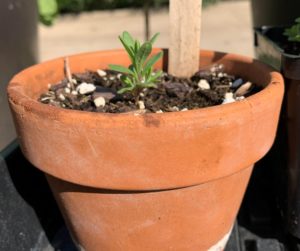
Packaged Seeds: If you are growing seeds purchased from a seed company, skip the cold stratification process and plant as stated above. Remember to plant more seeds than you think you will need. If you have a package of seeds that are not germinating, try taking them through the cold stratification process. Although seed companies generally do this step for you, it could be you have seeds that have not been cold stratified.
When growing lavender from seed, the soil needs to be somewhat moist but not soggy, otherwise, it may grow fungus which will attract fungus gnats. Be patient. Lavender seeds can take anywhere from two weeks to a few months to germinate. When the plants reach about three inches tall (7 to 8 cm), they can be transplanted outdoors if the threat of frost has passed. Be sure to harden them off so they can get acclimated to their new environment.
Starting Lavender From Cuttings: Soil
Lavender can also be propagated by cutting a four to six inch (10 to 15 cm) soft, healthy stem from an established plant. Or, if using a woody stem, cut it just below a leaf nodule. Remove the leaves from the lower half of the stem and plant in potting mix. Some gardeners advocate scraping off the “skin” off one side of the lower half of the stem and dipping it in a rooting hormone, although helpful, this is not absolutely necessary. Place the stem in good potting mix and water. Place under a grow light or in a sunny window where it can get at least six to eight hours of bright light. Keep the soil somewhat moist, but not oversaturated. Propagation using a soft stem will take between two and four weeks to root, whereas it will take a bit longer if using a woody stem.
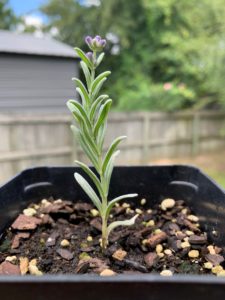
In the spring, rooted cuttings can go in the ground once the chance of frost has passed and the soil temperature is at least 65°F to 70°F (15 to 21°C). Depending on the variety, plants need to be spaced one to three feet (.3 to .9 meters) apart. If you choose to plant in the fall, make sure to choose a plant that is more mature so that it will have a better chance of getting established before winter arrives.
Starting Lavender From Cuttings: In Water
Another method for propagating lavender is to place a cutting of a healthy stem in a container of water. Like prepping cuttings for soil propagation, you will need to remove the leaves from the lower half of the stem and remove a portion of the “skin” from the stem. Place the container with cutting in a sunny window. You will need to periodically change out the water. When the roots are about one inch long (2.5 cm), transplant the cutting to soil and keep it moist to help the cutting become established in its new environment. This process can take several weeks or more.
Self-Seeding Lavender
Lavender is self-seeding, so if you want to grow lavender in the same area or container next season, simply leave the dead flowers on the plant. The seeds will eventually fall to the soil.
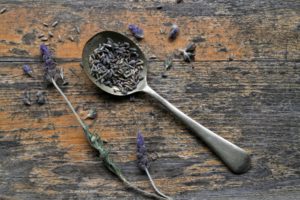
What About Dividing a Plant?
Lavender does not do well when divided because it does not form a tuft or clump of stems both above and below the ground. Instead, it is a woody shrub that can die if divided.
Lavender is a beautiful and beneficial plant for any garden. With a little bit of patience, you can propagate it to grow in your garden or to share with a friend.
If you would like to know more about growing lavender, check out this article:
Thank you for reading this article! If you found it helpful, please consider sharing it with others on social media!
[1] Lavender is native to the Mediterranean, which experiences winters that are generally cold and damp, hence the cold and wet stratification. But seeds from crops that experience dry winters prefer “dry stratification.” For these kinds of crops, make sure the seeds are dry before placing them in the plastic bag and do not moisten the paper towel.
